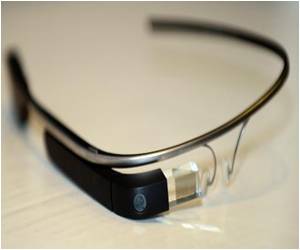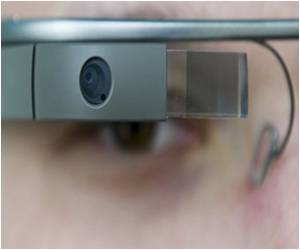Google Glass - the eyewear with computer capabilities - could potentially save lives, especially in isolated or far-flung locations, reveal scientists.

Google Glass looks like a pair of eyeglasses without the lenses, but with a small rectangular transparent screen near the right eye that functions as a tiny computer screen. A mouse is built into the right arm of the frame.
Ozcan and colleagues at the University of California, Los Angeles, designed a custom app for Google Glass. The app uses Glass' built-in camera to take a picture of a diagnostic test, called a lateral flow immunochromatographic assay. A familiar example of such an assay is a home pregnancy test.
The wearable computer transmits images of these test strips with their custom-created Quick-Response (known as "QR") code identifiers to more powerful computers in other parts of the world for analysis. Then, a quantified diagnostic result is beamed back to the Google Glass user. If the user is in a remote area without Wi-Fi, then he or she can connect Glass to a smartphone to transmit the data along with geographical information for disease tracking.
In pilot tests, the team successfully used the method with HIV and prostate-specific antigen (known as "PSA") assays. Results were available within eight seconds for each individual test. They could even take a picture of several test strips next to each other in one image and come up with the correct diagnoses.
Other medical diagnostic devices based on smartphone technology, including one recently developed by Ozcan's team, require additional equipment to be attached to the device. Or they require extensive handling of the device and the tests. But the researchers note that their Google Glass set-up works without any external hardware attachments. It is also hands-free, allowing busy technicians to quickly go through many patient tests in a short period.
Advertisement









